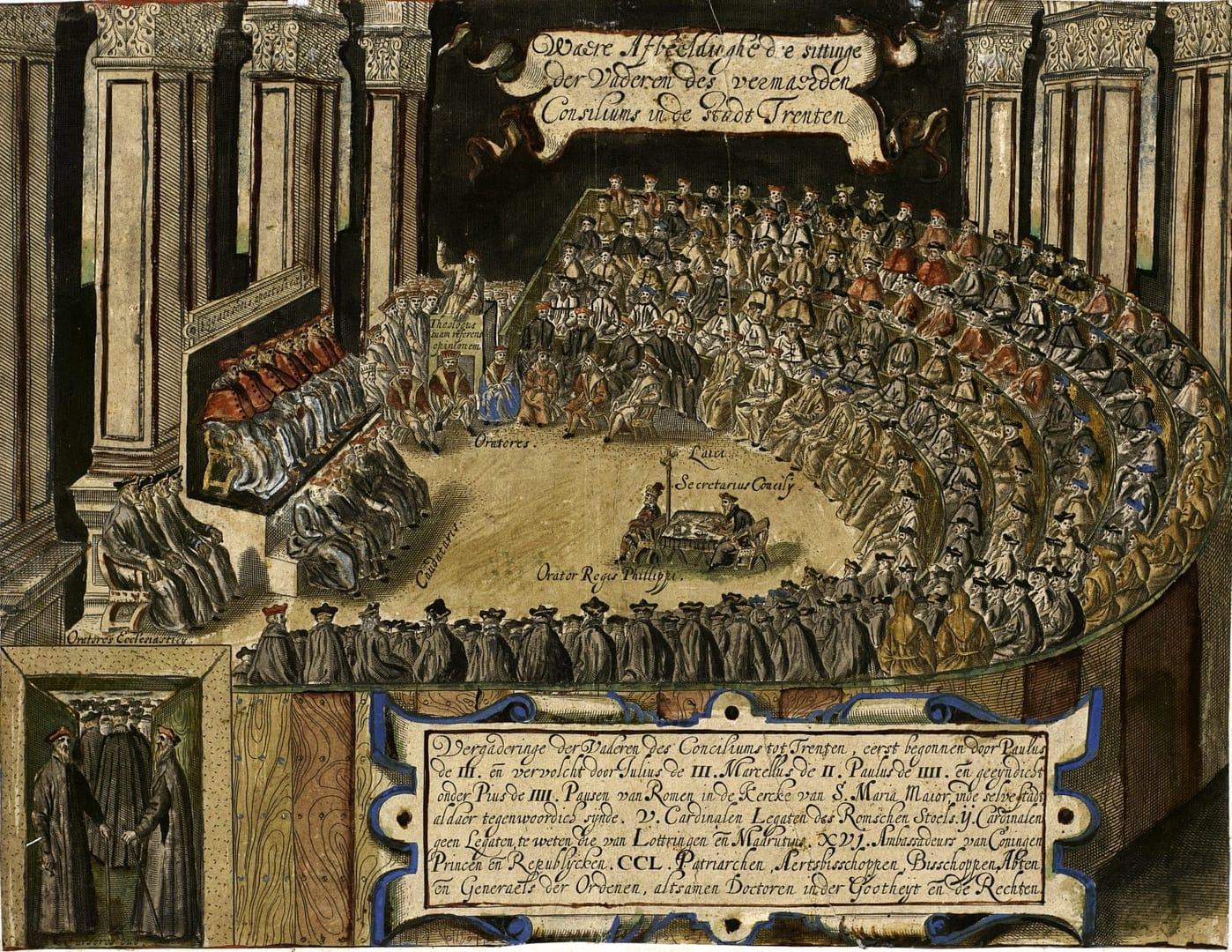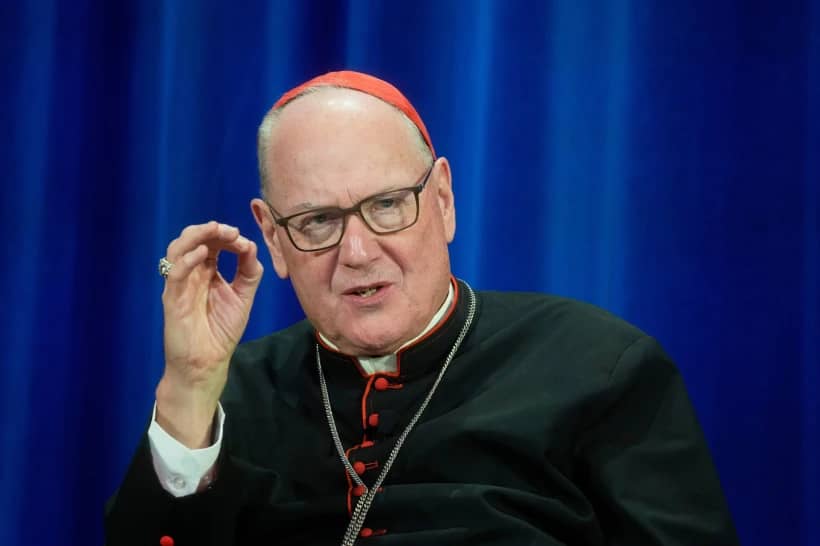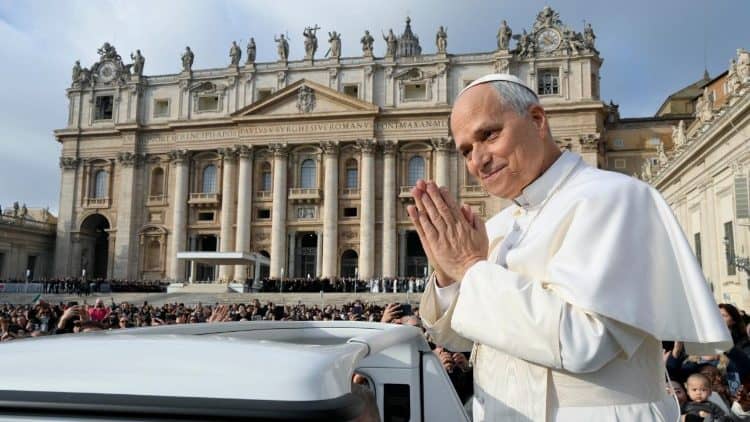Among other things, 2017 marks the 500th anniversary of the Protestant Reformation, an event—or series of events—that split Western Christianity into a series of factions, denominations and ecclesial communions.
While targeting real abuses and errors, the reformers ended by radically altering core Christian beliefs on issues ranging from the Canon of Sacred Scripture to the nature of the Church to the number and meaning of the Church’s sacraments.
The Church responded with her own “reformation,” which has been called variously the Counter-Reformation, the Catholic Reformation and the Catholic Revival. Culminating in the Council of Trent (1545-1563), the Catholic reform curbed abuses, clarified doctrine, purified practices, unified the Church and found new ways to present the beauty of Christian teaching.
In his address to the Roman Curia on December 22, Pope Francis once again centered his words on the need for continuous reform, and while he was speaking first and foremost of the reform of the Curia, he extended the scope of his words to the reform of the Church herself.
Reform, Francis said, “is first and foremost a sign of life, of a Church that advances on her pilgrim way, of a Church that is living and for this reason semper reformanda, in need of reform because she is alive.” Or as the Second Vatican Council taught, “Christ summons the Church to continual reformation as she sojourns here on earth. The Church is always in need of this, in so far as she is an institution of men here on earth.”
One of the key principles of reform is the idea of return, or rediscovery. To reform is not to change one’s nature or alter one’s identity, but to return to the truth of oneself that may have become distorted or atrophied over time.
For Catholics, this anniversary year offers a sterling opportunity to reevaluate and come to a deeper appreciation of the way the Church herself responded successfully to the need for reform 500 years ago, and in this way to draw out lessons for the ongoing reform required by the Church today.
Of the many important characteristics of the Catholic revival, five stand out as particularly crucial as well as immediately applicable to the present historical context.
The centrality of the sacraments
Martin Luther’s rejection of a number of the traditional seven sacraments led the Church to reaffirm the importance of each of the sacraments and their centrality in the Christian life as visible signs instituted by Christ to give grace.
In this flourishing of sacramental theology, the Church asserted that the sacraments are not mere symbols or empty rituals, but actually bring about what they represent. The holy water employed in baptism didn’t just symbolize washing; it really cleansed the soul from original sin and regenerated the person as a son or daughter of God.
The words of absolution don’t just help a person to appreciate God’s merciful love; they really bring about true reconciliation with God and the Church.
Nowhere is the reality of the sacraments more evident than in the Eucharist. The Council of Trent taught that Jesus is “really, truly, substantially present” in the consecrated bread and wine, and not just figuratively or symbolically represented.
Contrary to Protestant criticism, the 13th session of the Council reaffirmed and defined the doctrine of Transubstantiation as “that wonderful and singular conversion of the whole substance of the bread into the Body, and of the whole substance of the wine into the Blood.”
The Catholic reform saw a burgeoning of Eucharistic devotion in various forms. Eucharistic adoration by the laity, for instance, was born in the 13th century but experienced widespread growth during the 16th and 17th centuries, and emphasized the doctrine of the “real presence” of Christ in the Eucharist.
One of the greatest examples of Eucharistic art from this period is Peter Paul Rubens’s 1625 painting, The Defenders of the Eucharist. Produced during the Church’s Reformation efforts to defend and reclaim her Eucharistic doctrine, Rubens assembled seven outstanding saints known for their Eucharistic witness in one scene.
In this moving work, Rubens featured St. Jerome, St. Norbert, St. Thomas Aquinas, St. Clare of Assisi, St. Gregory the Great, St. Ambrose, and finally St. Augustine.
Saint Peter and the papacy
The work of the Protestant reformers and their rejection of the pope gave Catholics the occasion to rediscover the gift of the papacy and its importance for Christian unity. Devotion to Saint Peter prospered during this period, which also saw the completion and consecration of Saint Peter’s Basilica in Rome in 1626.
The papacy had suffered a loss of esteem during the years leading up to the Protestant Reformation, due to a series of scandals and a general spirit of worldliness that had taken hold of the papal office. The popes of the period of the reform—St. Pius V, Gregory XIII and Sixtus V—each contributed in his own way to the much-needed Catholic revival following the Council of Trent.
Pius V gave the personal witness of a life of heroic virtue, and was proclaimed as a model of penance, asceticism, and prayer. Though known especially for the reform of the calendar, Gregory XIII was a great patron of the missions and of Catholic education, and founded the German, English, and Greek colleges in Rome while also sending out missionaries at his own expense to various parts of the world.
Sixtus V carried the Catholic reform over into the renewal of the city of Rome itself.
In his five and a half years as pope, Sixtus completed St. Peter’s Basilica and erected the obelisk of Nero in front of it, built the Vatican Library and its wing in the papal palace, practically reconstructed the Quirinal and Lateran Palaces, created straight streets for pilgrims connecting the major basilicas, built the Aqua Felice aqueduct and the Via Sistina, and established the hospital of San Girolamo.
Great saints, mystics and martyrs
True Christian reform is above all spiritual in nature and is exemplified and shepherded by the saints. The Catholic reform of the 16th and 17th centuries provides a magnificent example of this, with a proliferation of holy men and women of all stripes, from mystics to missionaries to martyrs to saints given over to charitable works.
As emeritus Pope Benedict wrote many years ago: “Saints, in fact, reformed the Church in depth, not by working up plans for new structures, but by reforming themselves. What the Church needs in order to respond to the needs of man in every age is holiness, not management.”
At this time, St. Ignatius of Loyola founded the Society of Jesus (the Jesuits), who took up the banner of the Counter-Reform with great vigor, bolstering the faithful and sending missionaries like Sts. Francis Xavier, Matteo Ricci and Peter Claver to the far corners of the earth.
Later during the revival, St. Philip Neri, the great preacher and apostle of Rome, founded the Congregation of the Oratory and St. Vincent de Paul founded the Daughters of Charity and the Vincentians, who dedicated themselves to missions and works of charity.
Meanwhile, the holy Franciscan bishop of Geneva and patron of journalists, St. Francis of Sales, was revitalizing the local Church in innovative ways, with a special outreach to lay spirituality with his Introduction to the Devout Life.
This spiritual reform of the Catholic revival included a reform of religious life, which in many areas had fallen into every sort of decay and languor. Spearheading the reform of the Carmelite order were two mystics, St. Teresa of Ávila and St. John of the Cross, who championed a Christ-centered spirituality suffused with love for the person of Jesus.
Martyrs, too, came in many forms in this period. Some, like Paul Miki and his 25 companions in Japan, or at the end of this period the great French Jesuit martyrs Jean de Brebeuf and Isaac Jogues in northern New York State, gave their lives for Christ while preaching him to those who had never heard his name.
Others, like the Englishmen John Fisher and Thomas More bore witness to the Catholic faith at the hands of an absolute state that demanded they betray their faith, and later Edmund Campion, who died at the hands of a Protestant reform run amok.
Evangelization and mission
The rediscovery of the richness of the Catholic faith inspired a zeal to share this faith with others, and indeed to carry it to the ends of the earth. As we have seen, the Jesuits sent missionaries to the farthest reaches of the earth: China, Japan, Africa, North, Central and South America.
The Catholic reformation coincided with the exploration and evangelization of the new world, which had only been discovered a few decades earlier. Along with the Jesuits, other orders such as the Franciscans, Dominicans and Augustinians carried the Catholic faith to faraway lands, setting up schools, hospitals and missions.
The founding of the Roman Congregation “De Propaganda Fide” in 1622, with its organized missionaries, gave a great impetus to the Church’s evangelizing outreach and helped missionaries extricate themselves from overly close ties to national governments and secular ambitions.
As Pope Francis wrote in his first teaching letter, Evangelii Gaudium (“The Joy of the Gospel”), “we cannot forget that evangelization is first and foremost about preaching the Gospel to those who do not know Jesus Christ.” This was the driving force behind the enormous missionary outreach of those years.
“All of them have a right to receive the Gospel,” Francis continued, and “Christians have the duty to proclaim the Gospel without excluding anyone.”
The Blessed Virgin Mary
The Protestant reformers often saw Catholic devotion to the saints as a lessening of Christ’s unique mediation between God and man. Martin Luther himself came to consider the Roman Catholic practice of offering intercessory prayers to Mary and the saints to be idolatry, and John Calvin oversaw the destruction of Marian images and paintings of the saints.
While condemning abuses, the Council of Trent strongly reaffirmed the veneration of saints and relics, and particularly the veneration of the Blessed Virgin Mary. The period of the Catholic reform saw Marian devotion thrive and expand, especially during the pontificate of the Dominican Pope St. Pius V.
On October 7, 1571, a coalition of southern European Catholic maritime states sailed from Sicily to engage a materially superior Ottoman fleet at Lepanto. Knowing that the Christian forces were at a distinct material disadvantage, Pope Pius summoned all of Europe to pray the Rosary for victory, and he personally led a rosary procession in Rome for this intention.
To commemorate and give thanks for Mary’s intercession, Pius instituted the Feast of Our Lady of Victory (later changed to Our Lady of the Rosary), which is celebrated on October 7, and this brought the rosary into the General Roman Calendar.
As much as the world has changed in the intervening centuries, much has remained the same. In many ways, the world today remarkably resembles the world of the Catholic reformation. The challenges of doctrinal confusion and ambiguity, diminished religious practice, radical Islam and worldliness are every bit as acute today as they were 500 years ago.
More importantly, the reform of the Church always requires a return to what is central in Catholic belief and practice. The gospel itself, though 2,000 years old, will always be “good news” for all generations.
Looking through the keys to the great Catholic revival, it isn’t hard to discover a program for the reform of the Church today. A renewal of appreciation for the seven sacraments and our active participation in them is critical for true reform, as is a focusing on sanctity as the goal of our lives, gratitude for the unique gift of the papacy, loving veneration of the Blessed Virgin Mary and fervent evangelizing outreach.
The beauty of this program of renewal is that no one needs to wait for others to take the lead—it is within the grasp of every man, woman and child.
Thomas D. Williams is a Rome-based Catholic theologian, author and professor of Ethics at the University of Saint Thomas. His fifteen books include The World as It Could Be: Catholic Social Thought for a New Generation (Crossroad) and Who Is My Neighbor? Personalism and the Foundations of Human Rights (CUA Press). He is also a contributor for Breitbart News.













